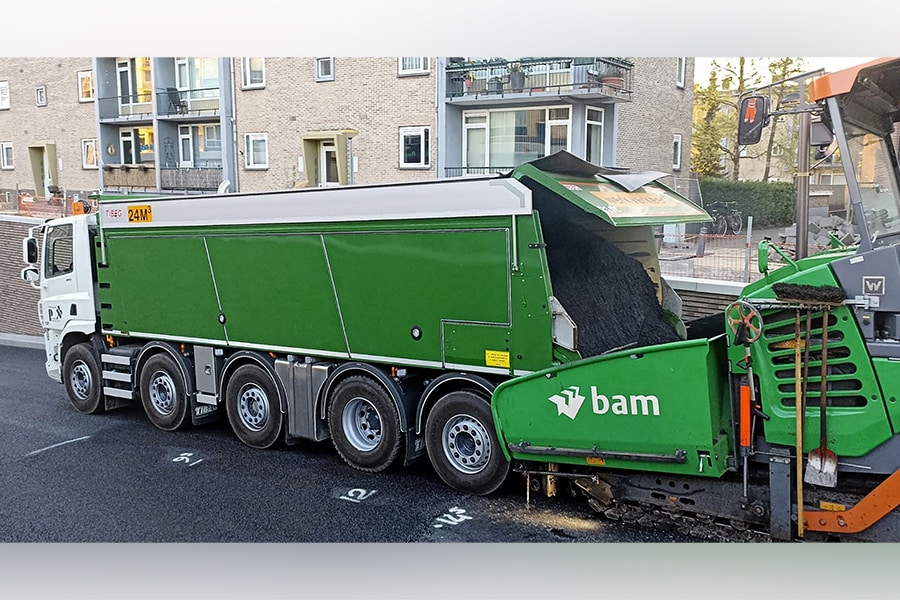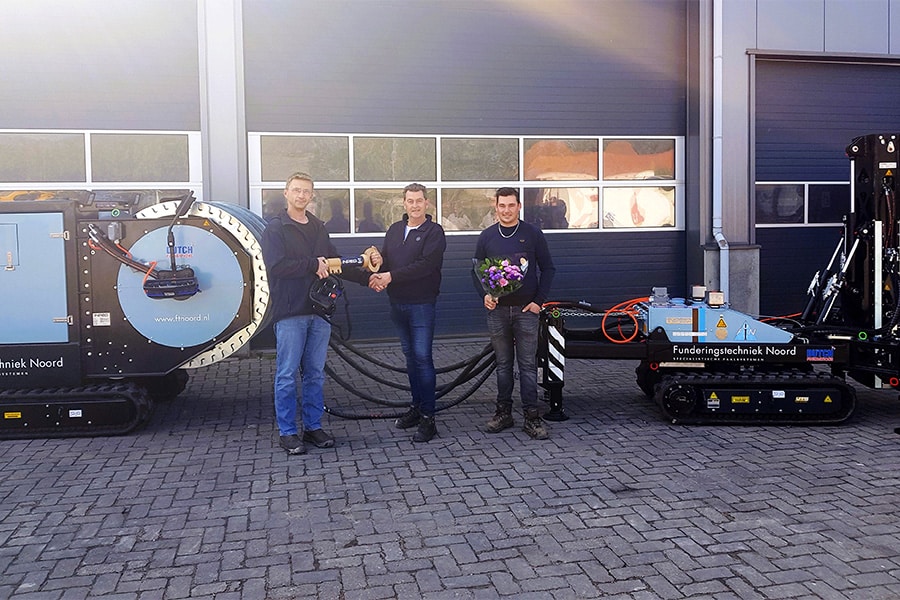
Life-extending maintenance on the country's roads
The sustainable alternative to asphalt replacement
Earlier this year, the committee Wegdek Onderhouds Technieken, abbreviated WOT, was established by Royal Dutch Construction Federation. A merger of the Surface Treatment and Emulsion Asphalt Concrete committees, with the aim of having one voice towards the market, focusing on Maintenance Techniques. Erik de Leeuw, director of Possehl, speaks with GWW Magazine in his role as chairman of the WOT committee.
"The focus in pavement management is still on performing corrective repairs," Erik opens the conversation. "Governments have outsourced maintenance in multi-year contracts, mostly carried out by asphalt producers. The procedure is to first make corrective repairs to the road surface, i.e. reactive maintenance. Then they proceed to replace the road surface. Understandable if you look at this from the asphalt producer's point of view, but not if you see that it can be done differently. We advocate planned, preventive life-extending maintenance."
Thirty years on the clock
If periodic preventive maintenance is chosen, a road surface life of 30 years can be achieved, Erik says. "That's good for reduced CO2-emissions, better for all stakeholders, from user to manager but also and above all much better for the environment. Ergo, it's much more sustainable. In addition, if you use cold application techniques that are mixed in situ, you score even higher on the environmental performance ladder."
According to Erik, the asphalt lobby is a fact of life and a strong presence: "That is why the WOT committee's advice is more readily accepted by governments, than by the asphalt industry. However, we owe it to ourselves and our posterity to look at the bigger picture. Our challenge is therefore how to get our noses in the same direction. We provide guest lectures and develop at the front of the chain for that reason. We teach participants to look at maintenance options, rather than total replacement. Independent parties assess our MKI scores. In short: we present well-founded alternatives with which the life span of the road surface can reach 30 years."

Life extension is sustainable by definition
The WOT committee commissioned third-party research on maintenance techniques, resulting in a well-reasoned recommendation. "Cold application techniques are CO2 preferable. We can seal asphalt with a thin layer that prevents aging due to UV exposure, we can repair cracks with a layer of bitumen dusted with minerals or apply emulsion asphalt concrete. These are all modifications that can be done quickly, without the otherwise necessary raising of pits and road furniture, and there is a reduced CO2-emissions served. Thus, you postpone the advent of costly and environmentally damaging new asphalt with all its drawbacks, despite all efforts at recycling. Life extension is sustainable by definition, not only in our industry."
With each other, for each other
Maintenance techniques are also subject to innovation, Erik outlines. "We are constantly working to improve materials and processes. It has to be simple and effective. We are all in the same boat: together we have to show in 2030 and 2050 what we have done. It is literally 'with each other, for each other'. Maintenance is done with proven technology, is sustainable and also serves an economic interest. Mobility is minimally disrupted during execution and roads are available again faster and longer. All that remains is to raise awareness among road managers. It would be great if they also take preventive maintenance into account during the design phase. Investing in advance is reaping afterwards."



